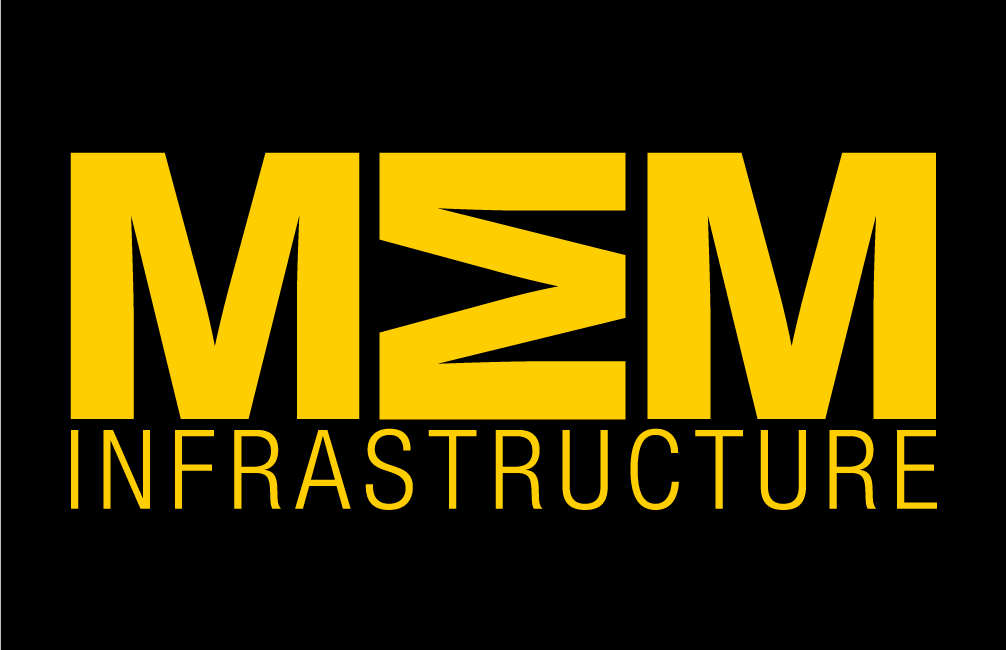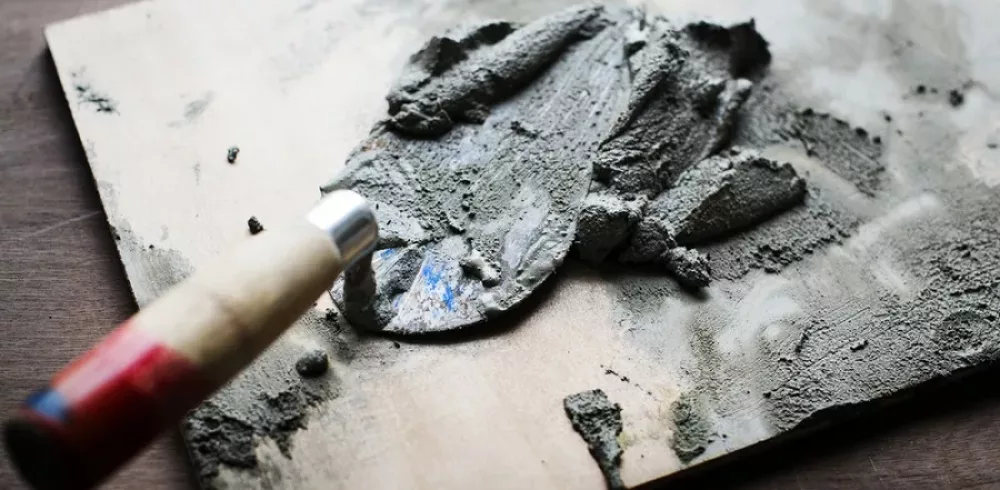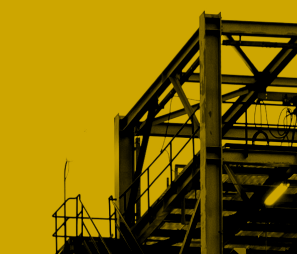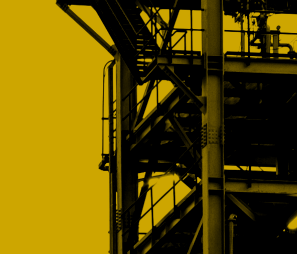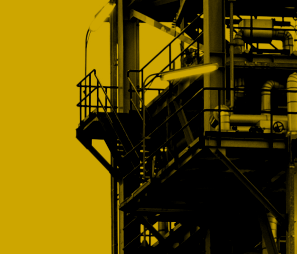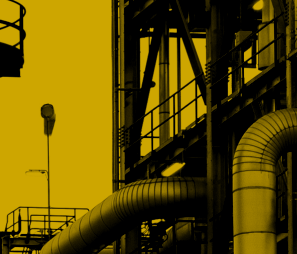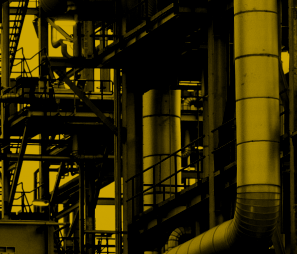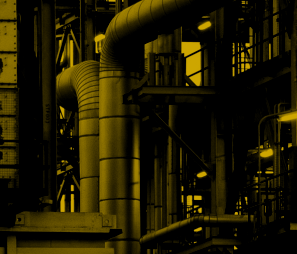Cement is mixed with water, sand and aggregate to be made into concrete, the most used building material in the world. Utilised in virtually every form of construction, concrete is the base for our schools, buildings and homes. But despite the fact that it is used so widely, concrete is hiding something of a dark secret.
The fact is that cement production is now the second largest industrial cause of carbon dioxide emissions across the world. Concrete is doing a serious amount of damage to the environment, and as all industries look to reduce their carbon footprint, it is necessary that those involved in concrete product do the same.
Some would suggest that the obvious answer is that we should stop using so much of the stuff – but unfortunately it is not quite that simple.
A society built on concrete
As a society we have become extremely reliant on concrete both as a part of general infrastructure, and its virtually unlimited variety of uses. Industrial cement producer Hanson lists sectors ranging as wide as energy and waste treatment to flood defence and property as requiring cement and concrete. As concrete barrier specialist Maltaward state in this blog post, concrete is also vital for so many day-to-day issues taken for granted – including controlling traffic and providing security to the public.
In short; we would struggle to function without access to cement and concrete, which it why it is necessary to be realistic about finding a solution to this problem, rather than trying to reduce our dependence on concrete entirely.
Some worrying statistics
Nevertheless, there are some very concerning statistics hanging around regarding concrete and cement, and what it means for the planet. For example, research shows that five per cent of all global CO2 emissions comes purely from the production of cement and the growing size of the world’s population also means that it is estimated that cement product is likely to increase by as much as 23% by 2050.
It is unsustainable for us to continue current methods of concrete production at the same rate, let alone this potential rise in the use of the material. Thankfully, however, it has been recognised that the industry does have a problem in terms of the emissions that it is producing. The change needs to happen as soon as possible, however, as many cities around the world are undergoing rapid development and require a great deal of concrete to keep up with the pace.
Too long without a change
The most widely used type of concrete across the world is known as Portland cement. The product was patented nearly 200 years ago and very little has changed in the production process since then. While the enduring longevity of this form of concrete is impressive, it is does point to the problem that the whole process did not take into account issues such as emissions or carbon footprint.
Portland cement is produced mostly with limestone, and to create the desired form of the cement, the limestone must be heated to very high temperatures of around 1,500 degrees. This is environmentally hazardous for a couple of reasons: firstly, a great deal of fuel is required to create that heat, and also that at these temperatures, limestone begins to chemically decompose which creates a compound called calcium oxide.
The fact that this process has been used for so long means that it can be difficult to convince the industry to change.
New ideas and technologies are slowly coming through
While it can be very difficult to make a whole industry re-think its approach to the product that it produces, there has been some progress with some companies coming up with interesting new technologies and ideas.
One example of this is CarbiCrete which uses slag from steel factories instead of Portland cement in order to produce concrete. The slag contains the calcium, oxides and silicates necessary to produce a very similar product. The world needs more innovative concepts like this in order to produce the levels of concrete necessary for the estimated level of human expansion, without the scenario being so damaging to the environment.
Another popular concept is that of CarbonCure which utilises waste CO2 in the concrete production process. This reduces the amount of Portland cement required and actually produces a superior product.
Manufacturing & Engineering Magazine | The Home of Manufacturing Industry News


